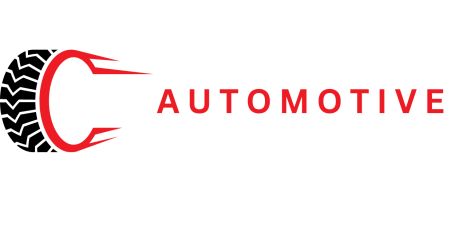EGR / DPF / CATALST System Solutions
What do we do ?
When these 3 systems have been removed, the ECU will think that there is a fault and will throw error codes and warning lights. They can potentially put the vehicle into limp mode as well.
We are able to tune the ECU so that the vehicle will correctly run with these modifications with any error codes and warning lights.
Please use our WhatsApp button or use the contact form below and we will get back to you swiftly.
Why d0 EGR's / DPF's cause problems?
EGRs, or Exhaust Gas Recirculation systems, are commonly found in automotive engines. These systems are designed to reduce nitrogen oxide emissions, which are harmful to the environment. However, EGRs can also cause problems in the engine.
One of the main issues with EGRs is the buildup of carbon deposits. As exhaust gases are recirculated back into the intake manifold, carbon particles can accumulate over time. These deposits can clog the EGR valve and passages, leading to reduced engine performance and increased fuel consumption.
Another problem associated with EGRs is the potential for valve failure. The EGR valve opens and closes to control the flow of exhaust gases. Over time, this valve can become stuck or fail to close properly, causing a variety of issues such as rough idling, engine misfires, and even engine stalling.
Due to these problems, EGRs are often removed or disabled in automotive applications. By removing the EGR system, engine performance can be improved, and the risk of carbon buildup and valve failure is eliminated.
DPFs (Diesel Particulate Filters) are commonly used in automotive vehicles to reduce the emissions of particulate matter from diesel engines. However, despite their intended benefits, DPFs can also cause several problems.
One of the main issues with DPFs is their susceptibility to clogging. Over time, the filter accumulates soot and ash from the exhaust gases, leading to increased back pressure. This can negatively affect engine performance, resulting in reduced fuel efficiency and power output. Additionally, if the DPF becomes excessively clogged, it may trigger warning lights on the dashboard and force the vehicle into a "limp mode" to protect the engine.
Another problem associated with DPFs is the need for regular maintenance. To prevent clogging, DPFs require periodic regeneration, which involves burning off the accumulated soot and ash. This process can be time-consuming and costly, requiring specialized equipment and expertise. Failure to properly maintain the DPF can lead to severe damage and potentially expensive repairs.
Due to these issues, DPFs are sometimes removed in the context of automotive vehicles. Some car owners opt for DPF removal to improve engine performance, fuel economy, and avoid potential maintenance costs.
Why are catalyst converters removed?
There are various reasons why some individuals choose to remove catalytic converters from their vehicles in the automotive industry. One primary motive is to enhance the overall performance of the vehicle. Catalytic converters are designed to reduce harmful emissions by converting toxic gases into less harmful substances. However, they can also create a certain amount of backpressure, which can restrict the flow of exhaust gases and consequently reduce engine power. By removing the catalytic converter, the exhaust flow can be improved, resulting in increased horsepower and torque.
Another reason for the removal of catalytic converters is the desire for a louder and more aggressive exhaust sound. Catalytic converters act as a muffler and dampen the noise produced by the exhaust system. Some automotive enthusiasts prefer a louder exhaust note, as it can enhance the overall driving experience and provide a more sporty feel. Removing the catalytic converter allows the exhaust gases to flow more freely, resulting in a louder and more distinctive exhaust sound.

